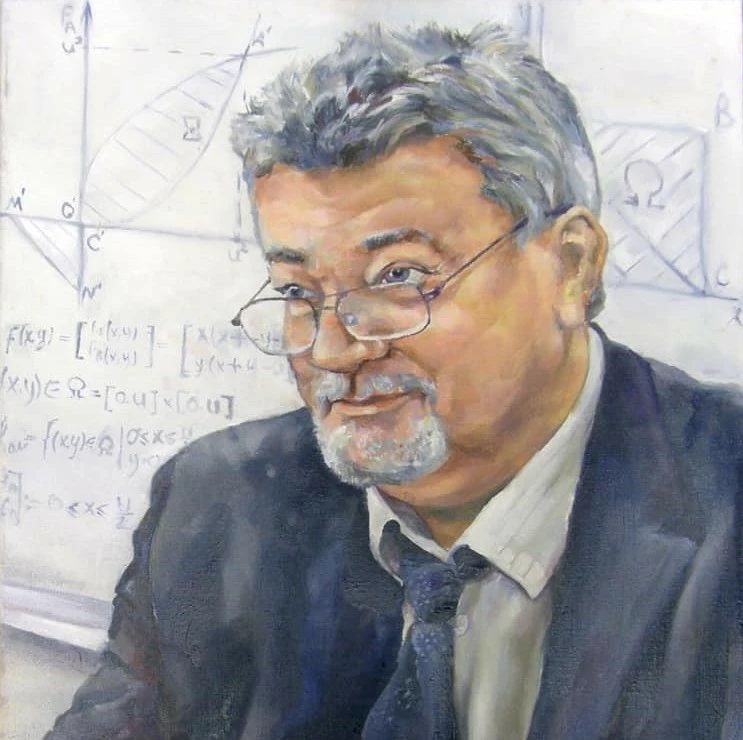
Prof. Dr. Peter Kogut
Scientist at EOS Data Analytics
Petro Kogut has a PhD in Physics and Mathematics (1998). He successfully defended two dissertations: “Stability and Optimal Stabilization of Neutral Integro-Differential Equations” (1989) and “Homogenization of Optimal Control Problems for Systems with Distributed Parameters” (1998).
He is the author of multiple scientific publications, including “Variational Model with Nonstandard Growth Conditions for Restoration of Satellite Optical Images via Their Co-Registration with Synthetic Aperture Radar”.
Prof. Dr. Kogut has received two grants: International Fund of Fundamental Investigations - “Vidrodzhennia” (1996) and Ukrainian Fund of Fundamental Investigations (1997).
In 1996, he became the Soros Associated Professor. A year later, he received The First Prize of National Academy of Science of Ukraine for his research in homogenization theory of optimal control problems.
Prof. Dr. Kogut has received an honorary decoration, “Excellence in Education of Ukraine” (2014) and the medal of A. M. Makarov, “For significant merits” (2019).
Since 2014, Petro has been the head of the department of differential equations in the Oles Honchar Dnipro National University.
Some of Prof. Dr. Kogut’s hobbies include fishing, carpentry, and rectification (distillation) of fluid mixtures.
Prof. Dr. Kogut provides scientific advice to EOS Data Analytics.
Articles by this author
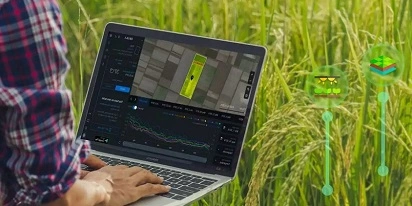
Top Ready-Made Agriculture Tools & Softwares for 2025
Agriculture softwares are silent partners in the field, working tirelessly behind the scenes to support farmers with insights and precision to cultivate sustainable agricultural ecosystems.
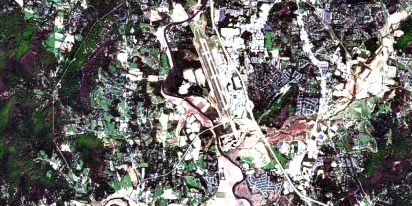
Natural Disasters 2024: Extreme Weather On The Rise
Take a closer look at the 2024 natural disasters that shook the planet to reveal their causes, spread, and the massive challenges they created we all need to solve.

How To Interpret Satellite Images: Methods And Elements
Knowing how to interpret satellite images is key for analyzing crop health, tracking deforestation, and monitoring urban growth. Learn to decipher Earth's features from space-based observations.
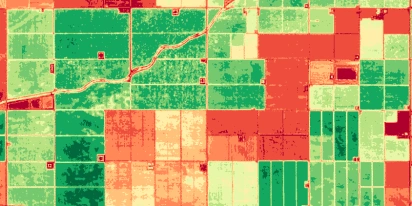
Multispectral Vs. Hyperspectral: Choose The Right Tech
What is the idea behind multispectral and hyperspectral remote sensing for a layperson? Our article will compare the two technologies, focusing on their salient features and real-world uses.

21AT Asia And SpaceWill Enhance EOSDA LandViewer
EOSDA LandViewer's satellite imagery library grows with the integration of additional 21AT and SpaceWill satellites, offering advanced data for environmental monitoring and analysis.

Natural Disasters 2023: Year Of Tragic Record-Breaking
2023 saw the deadliest natural disasters, largely attributed to human influence on the environment. Yet, with modern technologies, we can work together to change the worsening pattern of calamities.
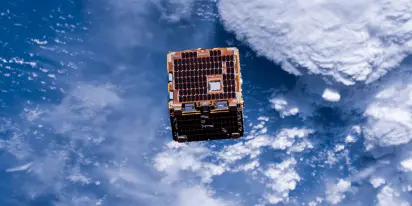
Small Satellites: Technology That Democratizes Space
The impact of small satellites on the space industry is comparable to that of cell phones on the communications industry. Today, these small devices largely define the trajectory of the space sector.

Forest Fragmentation: Far-Reaching Effects And Remedies
Forest fragmentation has a severe and far-reaching impact on the ecology. Communities and governments worldwide are now urged to seek lasting solutions to this pressing issue.
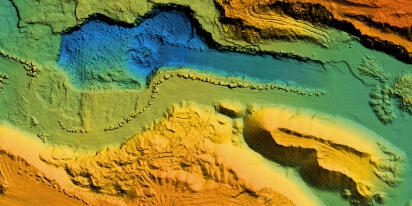
Lidar vs. Radar: Differences & Uses To Pick The Right One
Lidar targets objects with pinpoint accuracy, while radar delivers wide, all-weather coverage. But it's not so much lidar vs. radar in real-world applications as picking the right tool for the job.